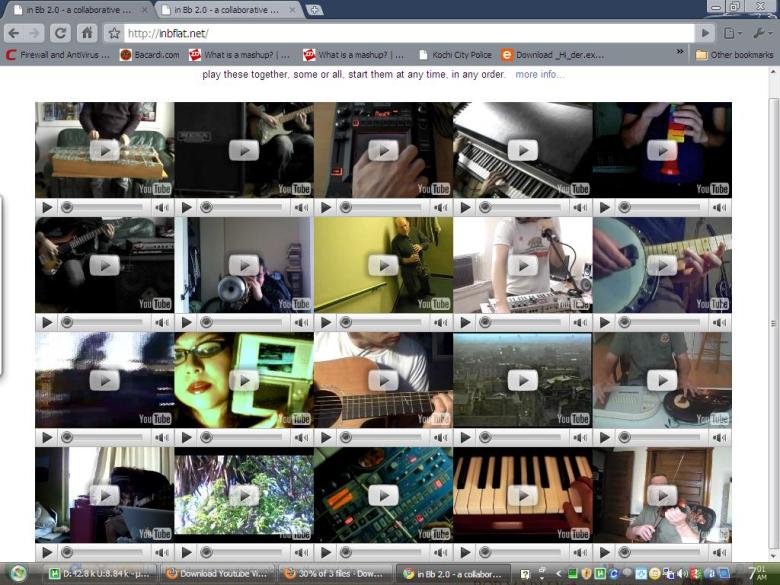Google Wave is “a personal communication and collaboration tool” announced by Google at the Google I/O conference on May 27, 2009. It is a web-based service, computing platform, andcommunications protocol designed to merge e-mail, instant messaging, wikis, and social networking.It has a strong collaborative and real-time focus supported by extensions that can provide, for example, robust spelling/grammar checking, automated translation between 40 languages, and numerous other extensions. Initially released only to developers, a “preview release” of Google Wave was extended to nearly 1 million users beginning September 30, 2009, with the initial 100,000 users each allowed to invite up to twenty additional users.
Initially released only to developers, a “preview release” of Google Wave was extended to nearly 1 million users beginning September 30, 2009, with the initial 100,000 users each allowed to invite up to twenty additional users.
The name was inspired by the Firefly television series in which a Wave is an electronic communication (often consisting of a video call or video message). During the developer preview, a number of references were made to the series such as Lars Rasmussen replying to a message with “shiny”, a word commonly used in the series to mean cool or good, and the crash message of Wave being a popular quotation from the series: “Curse your sudden but inevitable betrayal!”.
Google Wave is designed as the next generation of Internet communication. It is written in Java using OpenJDK; its web interface uses the Google Web Toolkit. Instead of sending a message and its entire thread of previous messages or requiring all responses to be stored in each user’s inbox for context, objects known as waves contain a complete thread of multimedia messages (blips) and are located on a central server. Waves are shared and collaborators can be added or removed at any point during a wave’s existence.
Waves, described by Google as “equal parts conversation and document”, are hosted XML documents that allow seamless and low latency concurrent modifications. Any participant of a wave can reply anywhere in the message, edit the content and add participants at any point in the process. Users can reply to blips within waves. Recipients are notified of changes/replies in all waves they are active in and then view the changes when they subsequently access a given wave. In addition, waves are live. All replies/edits are seen real-time, letter by letter, as they are typed by the other collaborators. Multiple participants may edit a single wave simultaneously in Google Wave. Thus, waves not only can function as e-mail and threaded conversations but also as an instant messaging service, merging the functions of e-mail and instant messaging. It depends only on whether both users are online at the same time or not, allowing a wave to even shift repeatedly between e-mail and instant messaging depending on the user’s needs. The ability to show messages as they are typed can also be disabled, similar to conventional instant messaging.
The ability to modify a wave at any location lets users create collaborative documents, edited in a manner akin to wikis. Waves can easily link to other waves. It is in many respects a more advanced forum.
The history of each wave is stored within it. Collaborators may use a playback feature in Google Wave to observe the order which a wave was edited, blips were added, and who was responsible for what in the wave. The history may also be searched by a user to view and/or modify specific changes, such as specific kinds of changes or messages from a single user.
As of October, 2009, Google Wave is still in active development and is expected to remain in development until later in 2009. It was launched to about 100,000 users on September 30, 2009. Google Wave access can be requested. Developers have been given access to Wave proper, and all wave users invited by Google can nominate up to 20 others.

